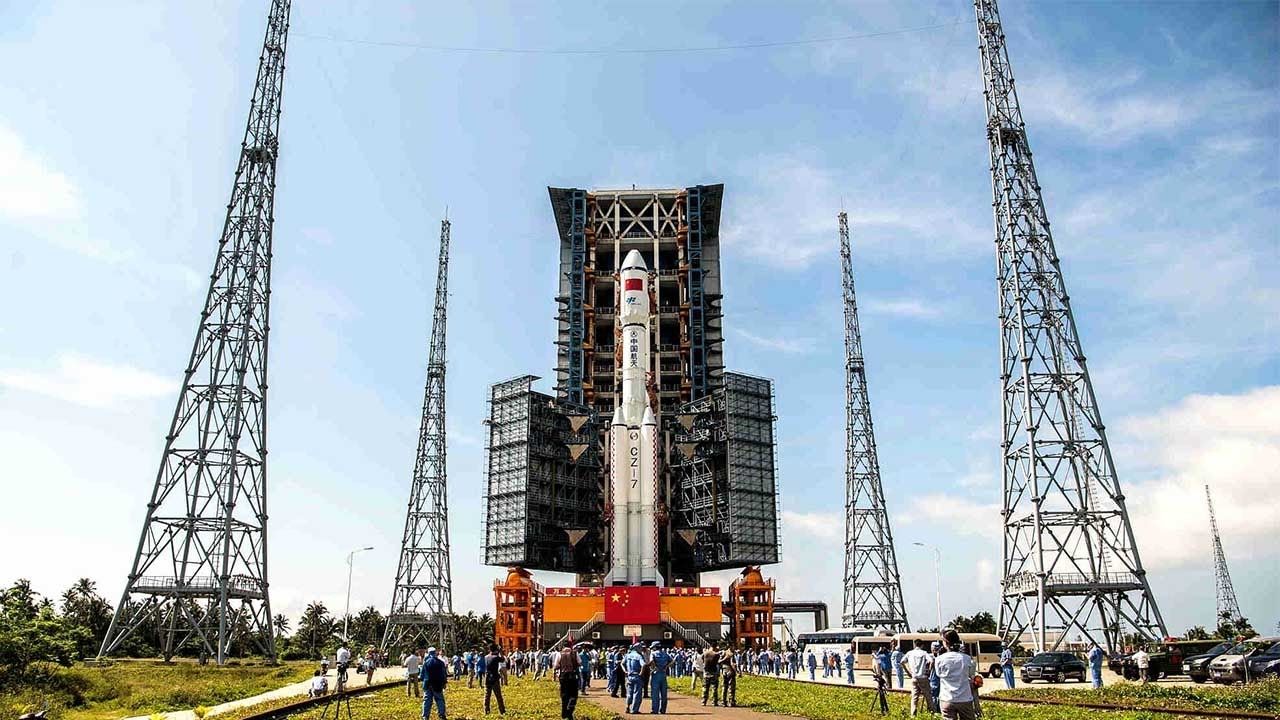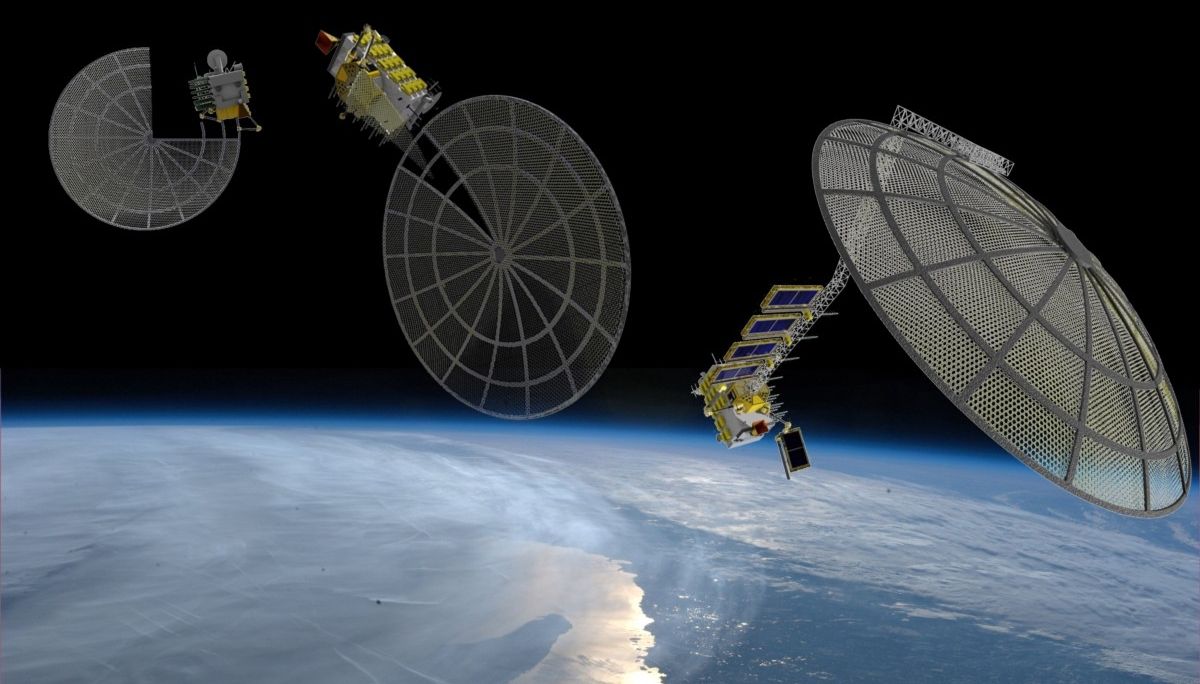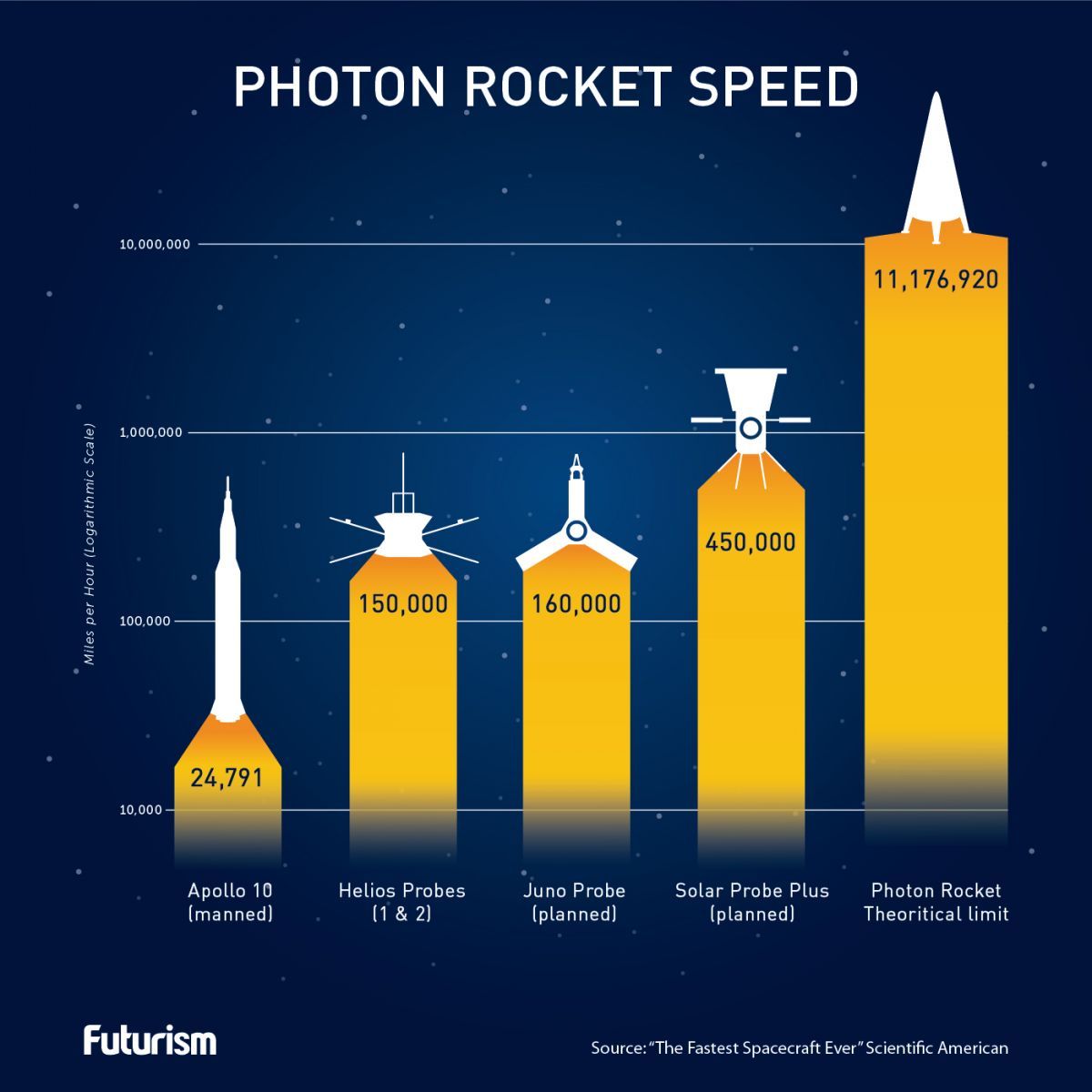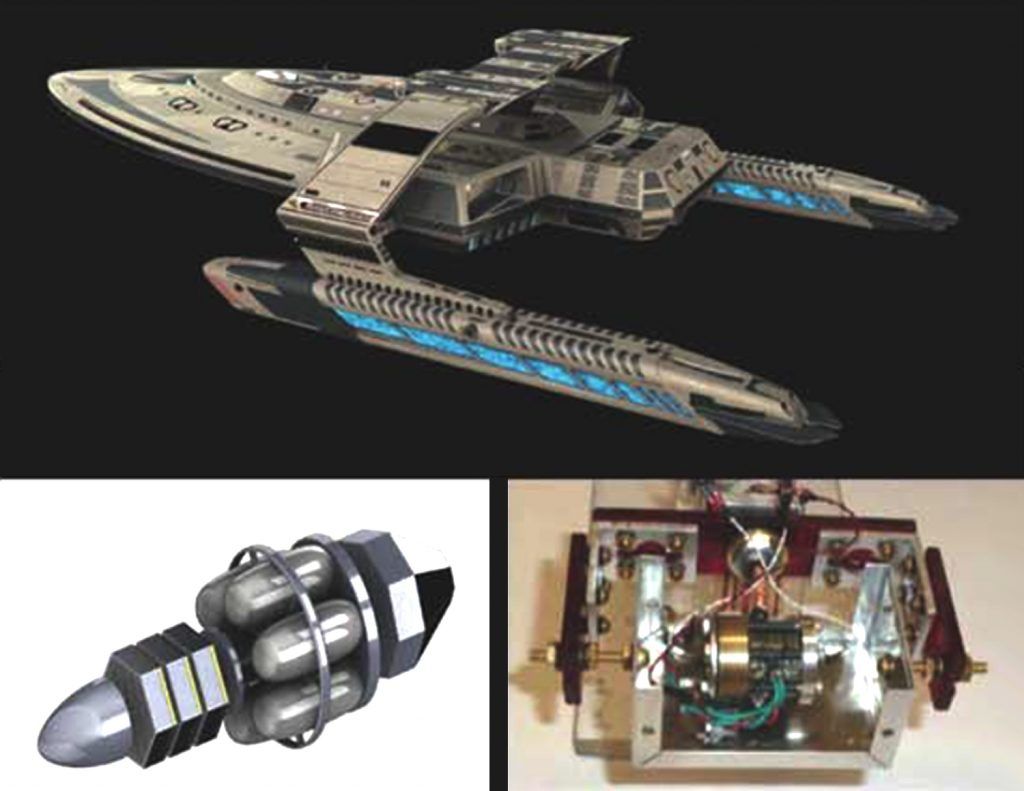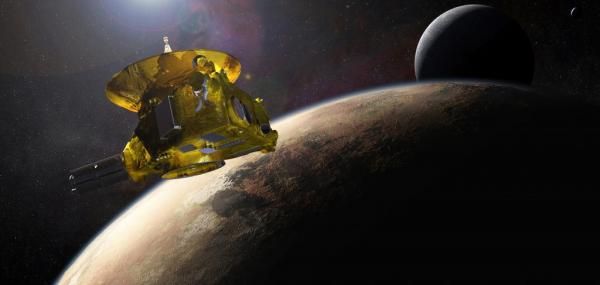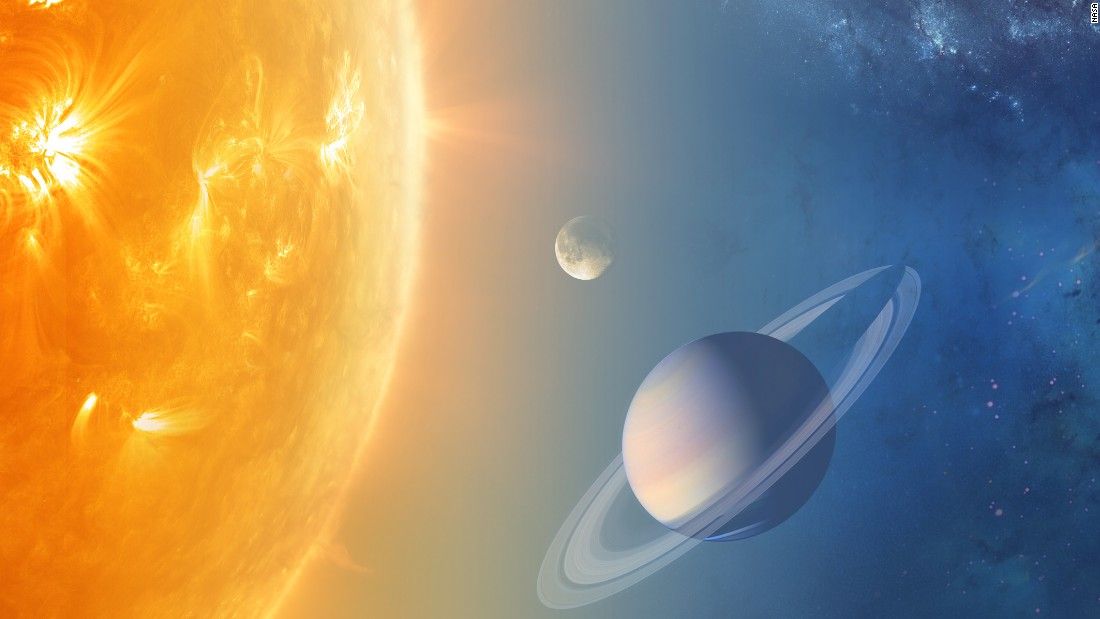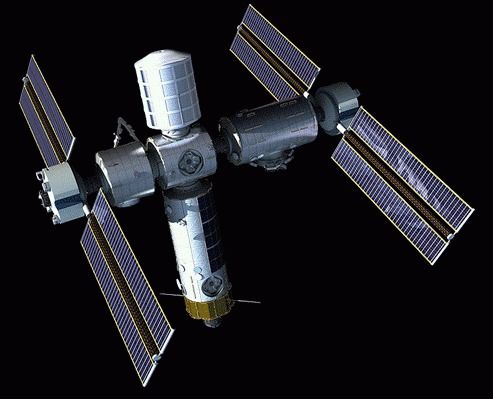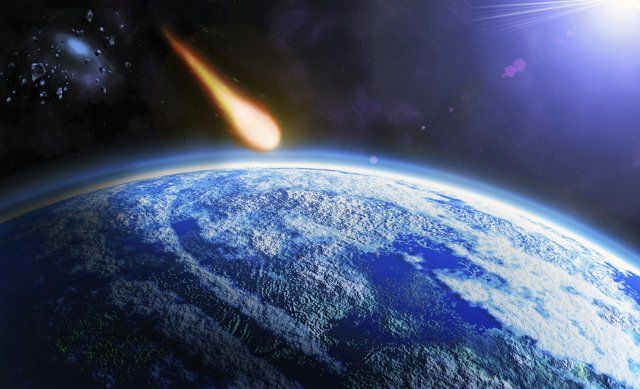Apr 18, 2017
China’s first robotic resupply freighter transferred to launch pad
Posted by Andreas Matt in categories: robotics/AI, space travel
Chinese engineers rolled out a Long March 7 rocket to a seaside launch complex on Hainan Island in the South China Sea on Monday, aiming to fire a robotic refueling freighter into orbit as soon as Thursday to test technology for China’s future space station.
The Tianzhou 1 spacecraft mounted on top of the 174-foot-tall (53-meter) Long March 7 launcher will dock with the Tiangong 2 space lab around two days after liftoff, the first of three linkups planned during the cargo carrier’s mission.
Continue reading “China’s first robotic resupply freighter transferred to launch pad” »
